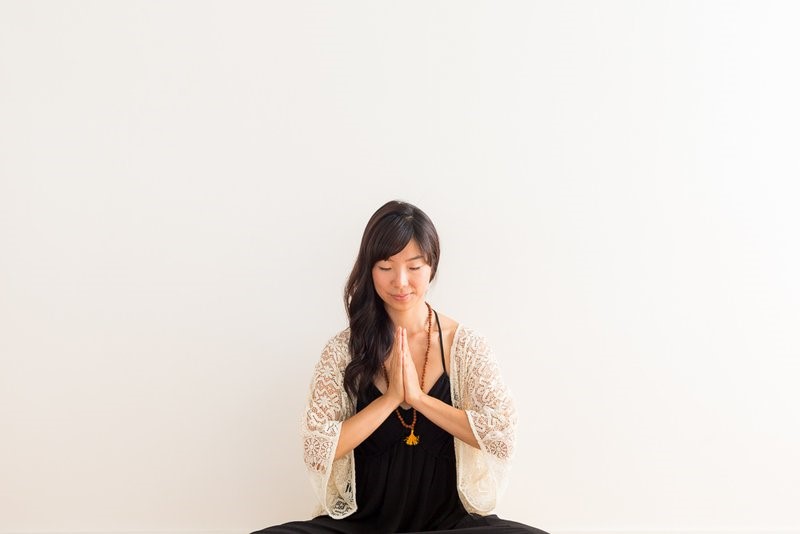6 easy meditations to unwind after a stressful day
Stress is inevitable. As humans, we encounter different forms of stress on a daily basis, and how we choose to handle them can determine our long-term physical and emotional wellbeing. Studies show that over 80 percent of Americans report feeling stressed on the job, and nearly half say they need help in learning how to manage stress. Meditation has become increasingly popular in the modern world. This ancient wisdom technique that has been practiced by yogis and Buddhists for centuries has a profound effect on reducing stress throughout the body. Here are six easy-to-do meditation techniques, all of which can be done sitting or lying down.
Try them out and see which one is right for you.
1. So Hum Meditation

When you inhale, silently chant So. When you exhale, silently chant Hum. The sound So means “I’m that” and the sound Hum means “That I’m.” When repeating these words, they can help us find calmness and focus.
2. Breath Meditation
Keep your breath deep and relaxed. Notice the beginning, the end and the pauses between your inhales and exhales. Each pair of inhale and exhale is considered one round. Work your way up to ten rounds. If you’ve lost count, start again from the beginning.
3. Visualisation
An easy meditation technique is to picture a peaceful being, image or setting in your mind. It can be your spiritual teacher, the Om symbol, a quiet place, a person you feel comfortable and at ease with. Focus on the picture and let yourself embellish it as much or as little as you need to.
4. Japa Om

Japa means recitation. You can either verbally or mentally recite the Om mantra. You will be immersed in the spiritual vibration of this sound or mantra. The sound of Om is considered the highest mantra of all; it represents the sound of the divine.
5. Third Eye Meditation
Sit comfortably and bring all of your attention to the space between the eyebrows. This area is known as the Third Eye or the Seat of the Mind. You may see brilliant lights, colors or mental images. Remain calm and unconcerned. Maintain a steady inner gaze fixed on the space between the eyebrows behind the forehead.
6. Compassionate Meditation

This is a Tibetan Buddhist meditation technique called Tonglen or Giving and Receiving. It helps us develop compassion and the ability to be present for our own suffering as well as others’. Bring to your mind someone with whom you feel a deep connection: a parent, child, pet, your dearest friend – someone who is suffering.
As you inhale, visualise the suffering of your beloved as dark, hot smoke and breathe it in through your whole body. As the breath touches your heart, the black smoke spontaneously vaporizes into your heart space and transforms into an outbreath of mercy and healing.
You can also apply this to your own life. Think of a time when you have been hurt, angry, depressed, frustrated or afraid. Remember the feeling as vividly as you can, breathe it in as heavy, black, polluted hot fumes and let it out as cool, light and spacious healing breath. This meditation helps us embrace the truth that others are suffering just as we are. With this understanding, we can cultivate more compassion for those around us.
Meditation, when done consistently, can yield tremendous health benefits. Even if it is only five minutes per day, after a while, you’ll feel much calmer and experience a heightened mental clarity.
For further stress management health and wellbeing tips, click here.
Author Bio: Annie Au
Annie is an avid Yin Yoga and Dharma Yoga teacher. Throughout the year, Annie travels around the world leading workshops, classes, trainings and retreats. She has certified over 190 yoga teachers worldwide. Annie is also a contributor at BookMeditationRetreats.com.


